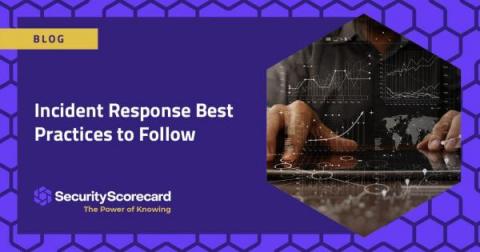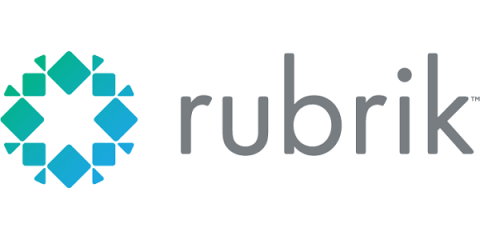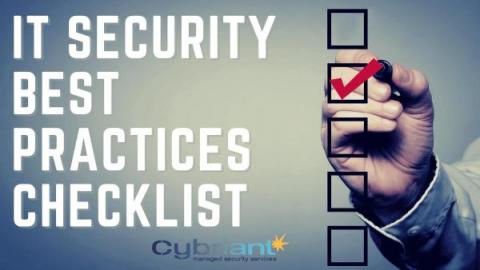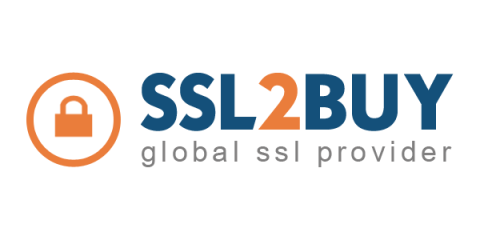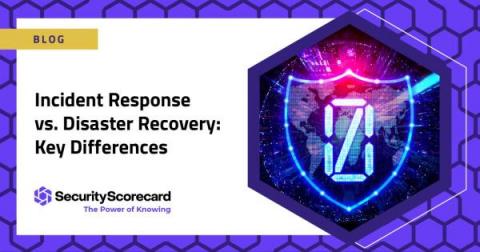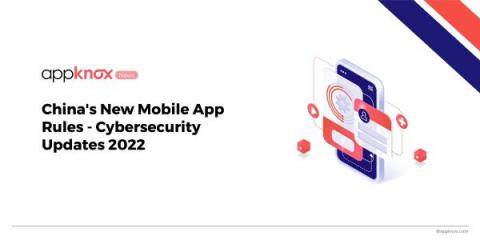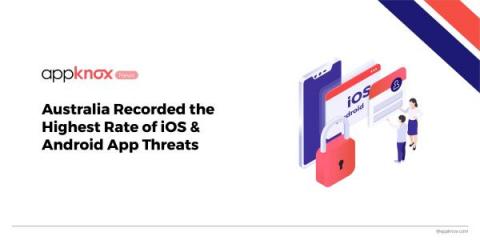6 Incident Response Best Practices You Should Follow
When it comes to cybersecurity, organizations need to be well-prepared for what comes next. Not only are cybercriminals leveraging ever more advanced technology, but the cost of a breach — in terms of cost, reputation, and damage — is on the rise. Mitigating risk requires having a robust incident response plan in place and dedicated team members on standby. Let’s take a closer look.


